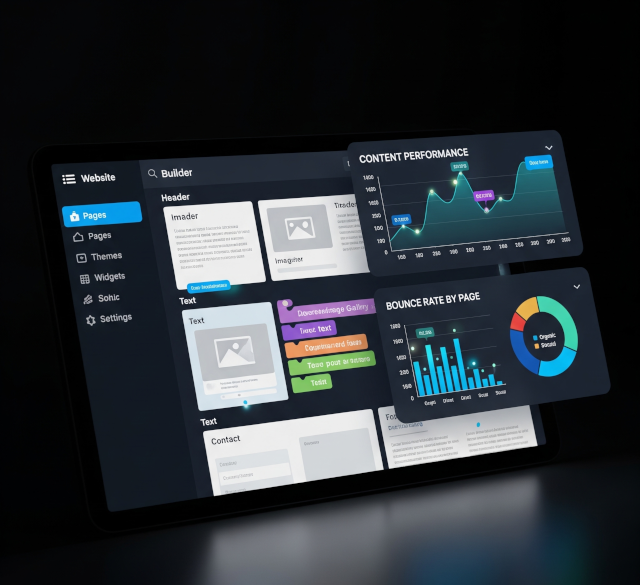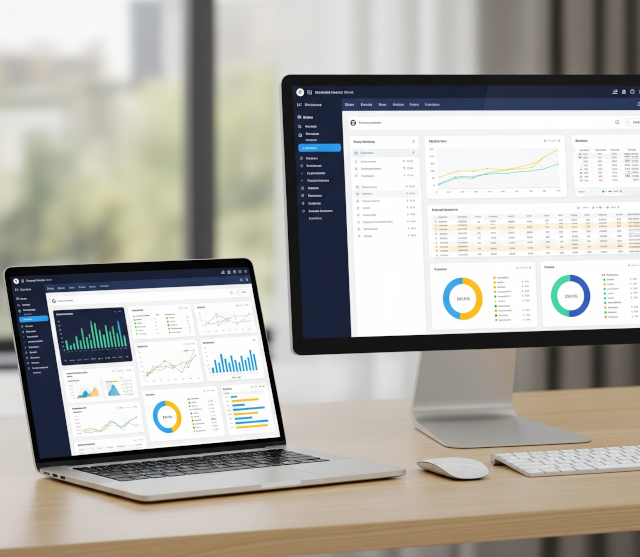Expert Database Management & Data Analytics Services
In today’s digital business and economy, companies operate with more data than ever before. This data creates a basis of intelligence for important business decisions. To ensure businesses (governments, scientists, etc.) have the right data for decision-making, companies must invest in data management solutions that improve visibility, reliability, security, and scalability.
Transform your business with our expert data management and analytics solutions. We provide custom database development, strategic data governance, and powerful analytics to drive growth and improve decision-making. Contact us for a free consultation.



